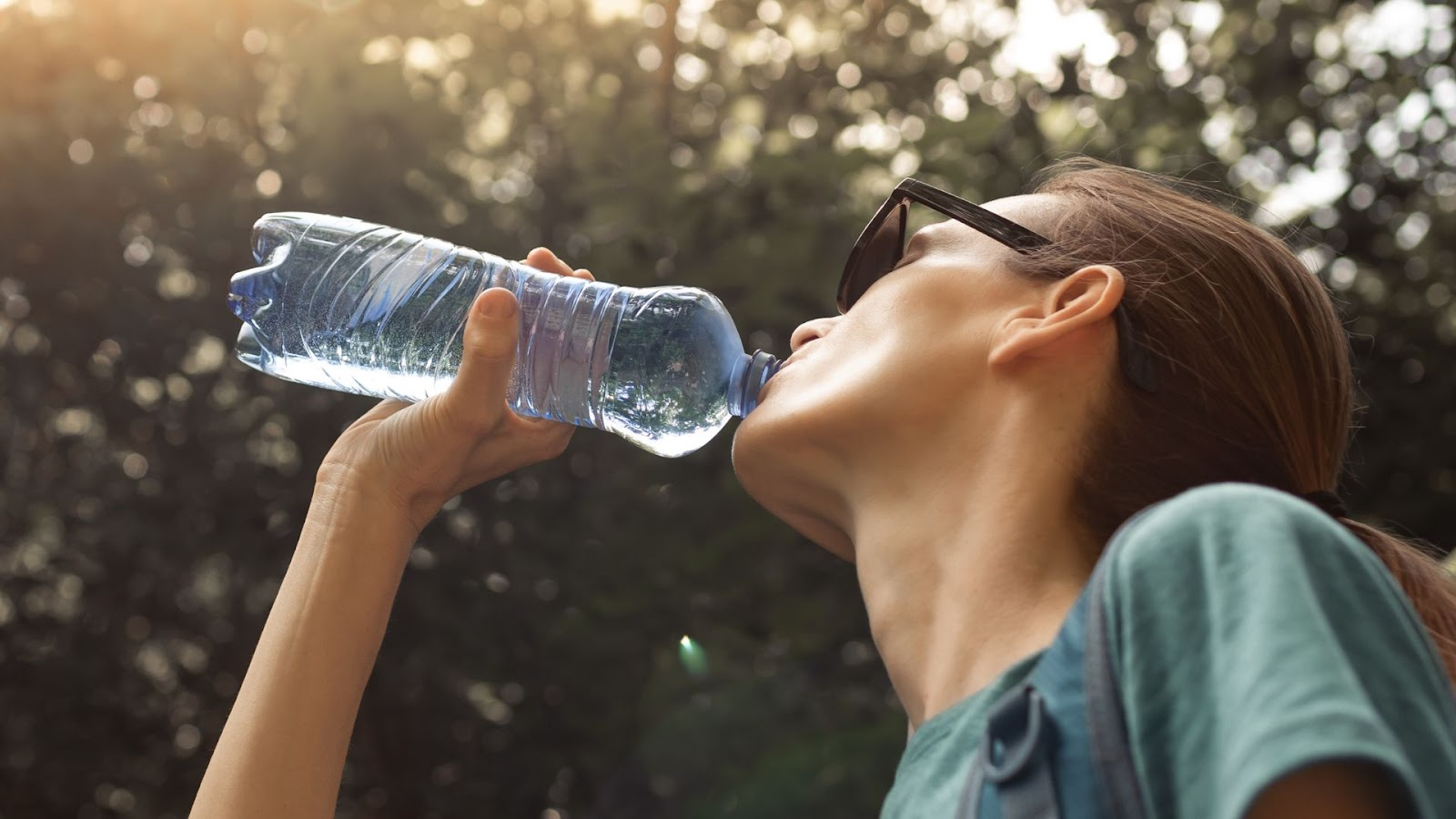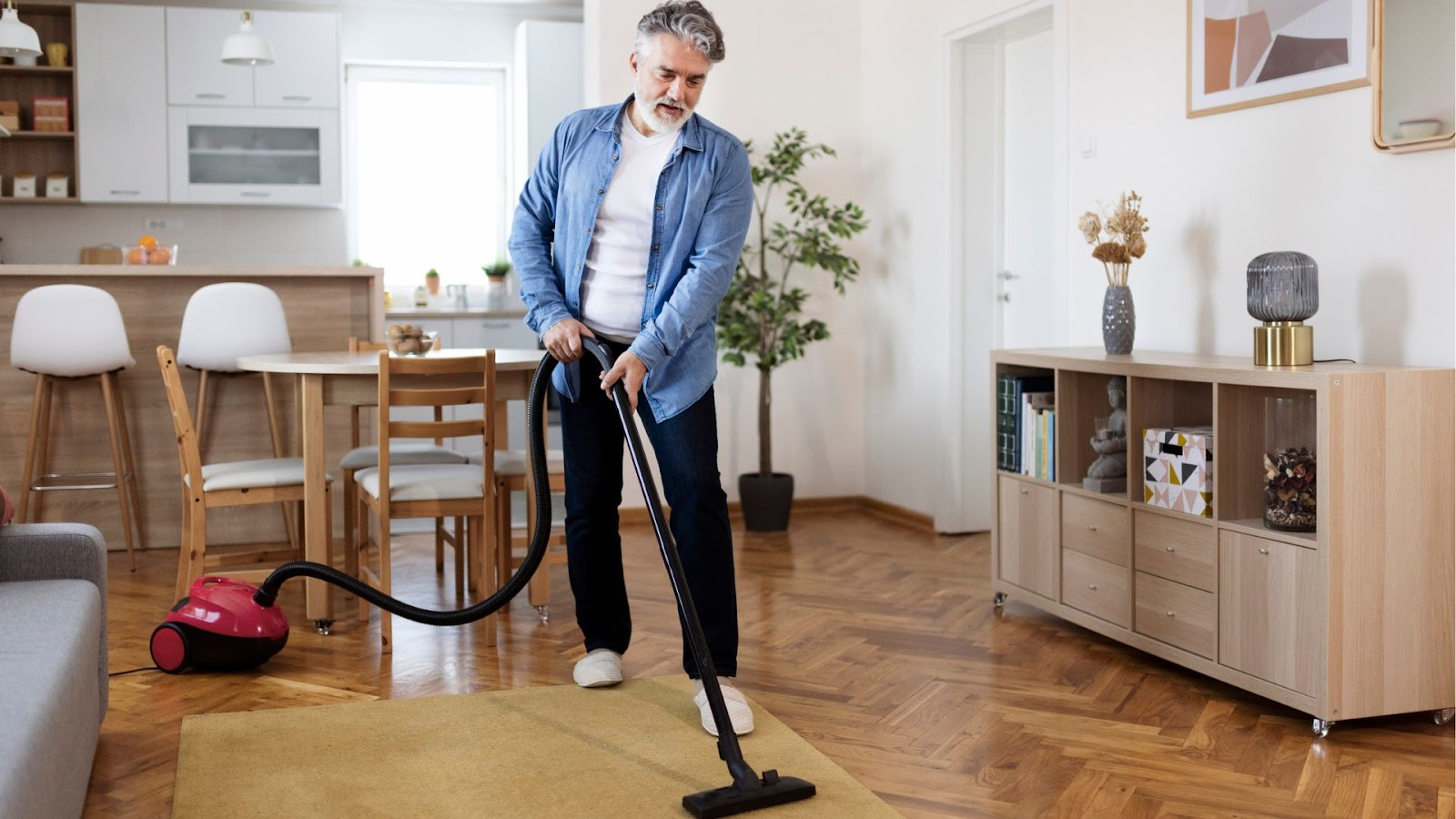Health
5 easy ways to reduce your exposure to microplastics

Microplastics are in everything from bottled water to lipstick and can cause a range of health issues. Here’s how to protect yourself against these microscopic menaces.
By Sabrina Rogers-Anderson
Alarming news headlines proclaiming that the human brain contains approximately a spoon's worth of microplastics – with levels 3 to 5 times higher in people with dementia – recently caused a stir.
Before you take the first shuttle to Mars with Katy Perry and a suitcase full of stainless steel containers, heed this good news: that particular study was flawed. The bad news? Microplastics are nonetheless present in our bodies and may have significant health effects.
“Plastic is a hot topic, so everybody is jumping on it,” says Associate Professor Thava Palanisami, Team Leader of the Environmental Plastics Innovation Cluster (EPIC) at the University of Newcastle.
“But the scientists who did this study weren’t from a microplastic background and their calculations and methodology were wrong. Fat particles may look like polyethylene [a type of plastic], creating false positives. The Plastic Mafia are already questioning the genuine evidence and we can’t fight against them if we have [flawed] studies like this one.”
So, what's the truth about microplastics and their effects on human health? Prof Palanisami, who has been studying environmental contaminants including microplastics for more than 15 years, separates facts from fiction.
What are the main sources of microplastics?
Humans are exposed to microplastics through 3 main routes:
- Ingestion: Microplastics are present in most of our water and food sources.
- Inhalation: We inhale plastic particles in the air, including in our homes.
- Skin contact: Cosmetics and personal care products contain microplastics, nanoplastics and toxic chemicals that can leach into the body.
“Drinking water – whether it’s bottled or tap – is one of the major sources,” says Prof Palanisami. "That's because all the water treatment infrastructures [including pipes and equipment] are made from plastic and the catchment areas can attract a lot of microplastic pollution from the air, soil and run-off water. And then, once it gets into the water, it gets into all our food.”
Where do microplastics accumulate in the body?
While the study claiming we have an entire spoonful of microplastics in our brains may be inaccurate, there’s a large body of evidence showing that plastic is present throughout the human body.
“Large particles are often excreted through the faeces, but smaller particles – 10 micron [0.01mm] or less – can cross the gut-brain barrier and get into the bloodstream and organs,” explains Prof Palanisami. “Small microplastic and nanoplastic particles have been consistently detected in blood and urine samples.”
But determining exactly how much plastic is found in our organs can be tricky.
“There are a few [microplastic] studies that have analysed organ samples,” Prof Palanisami explains. “But the sample size they can get is very small – maybe one gram – which makes it very hard to detect microplastics and nanoplastics. You’d need a lot of samples or a pooled sample to get accurate results.”
What health effects do microplastics have on humans?
A major research review by the World Health Organization concluded that the evidence is insufficient to determine the risks of microplastics to human health. But the report also cautions this doesn’t mean that microplastics and nanoplastics are safe.
“The problem isn’t just the plastic particles,” says Prof Palanisami. “Plastic contains more than 13,000 chemicals [including phthalates, bisphenol A (BPA) and perfluoroalkyl and polyfluoroalkyl substances (PFAS)] that have been proven to disrupt the endocrine [hormone] system and cause a range of health effects.”
According to the Endocrine Society, endocrine-disrupting chemicals have been linked to health issues related to:
- Sperm quality
- Fertility
- Sex organ abnormalities
- Early puberty
- Endometriosis
- Nervous system function
- Immune function
- Several types of cancer
- Obesity
- Diabetes
- Heart health
- Breathing problems
- Neurological conditions
- Learning disabilities
5 ways to reduce your exposure to microplastics
Keen to keep those little bits of plastic out of your body? While you can’t avoid them entirely, you can minimise your exposure with these tips.
1. Stop drinking bottled water
“Plastic water bottles aren’t made from good-quality plastic and then we leave them in the car in high temperatures and they can release more chemicals,” says Prof Palanisami. “The tap water quality is good in Australia, so carrying your own stainless steel water bottle or vacuum flask will reduce both the amount of microplastics and chemicals you ingest.”
And what about a recent study that found that boiling tap water and then pouring it through a coffee filter removes 90% of microplastics?
Don’t believe the hype, warns Prof Palanisami. “Boiling will only make it worse because it will break down into nanoplastics,” he explains.

2. Get rid of carpets (or vacuum often)
Carpets and rugs are an often overlooked and underestimated source of microplastics in the home.
“If you open your vacuum bag, a lot of what you see in there is microplastics from carpets,” Prof Palanisami says.
Getting rid of carpets made from polyester or nylon can significantly reduce the amount of microplastics you inhale. But if that isn’t an option, vacuuming frequently is your best defence.
3. Choose natural fibres
Carpets are only the tip of the iceberg when it comes to sources of microplastics in our homes. Anything made from plastic, polyester, nylon, acrylic and viscose – including clothing, furniture, rugs, cushions, bedding, curtains and toys – can put you at risk.
Steering clear of fast fashion and seeking out products made from natural fibres can help. Look for clothes and furnishings made from cotton, bamboo, linen, hemp, wool and silk.
4. Avoid plastic containers, cookware and tea bags
You can reduce the amount of microplastics and endocrine-disrupting chemicals you ingest by not buying foods that are packaged in hard or soft plastic, including fruits, vegetables, juice, milk, sauces and spreads.
Try to replace plastic kitchenware, storage containers, cups and drink bottles, as well as plastic wrap and sandwich bags, with healthier alternatives such as stainless steel, glass and ceramic. And whatever you do, don’t heat plastic in the microwave because there’s no faster way to infuse your food with microplastics and toxic chemicals.
Even tea bags are often made from plastic that can release toxins when you pour boiling water over them, so look for brands that make their tea bags from plant-based cellulose.
5. Choose natural and sustainable cosmetics
Beauty products and cosmetics including creams, lipstick and nail polish are chock-full of microplastics and plastic chemicals such as phthalates to improve their stability, texture or colour. Not to mention that they’re packaged in rigid and soft plastic that further contributes to microplastic pollution.
Try to reduce the number of cosmetics you use or look for products labelled “plastic-free”. You can also download the Beat the Microbead app on the App Store or Google Play and scan the ingredients list on any product to find out if it contains microplastics.
You can’t avoid microplastics entirely, but a few small tweaks to your habits can help reduce the amount you’re exposed to and minimise the associated health risks.
The information on this page is general information and should not be used to diagnose or treat a health problem or disease. Do not use the information found on this page as a substitute for professional health care advice. Any information you find on this page or on external sites which are linked to on this page should be verified with your professional health care provider.
Feature image: iStock/kieferpix
Tell us in the comments below: Do you worry about microplastics?

More ways to take care of your health:
